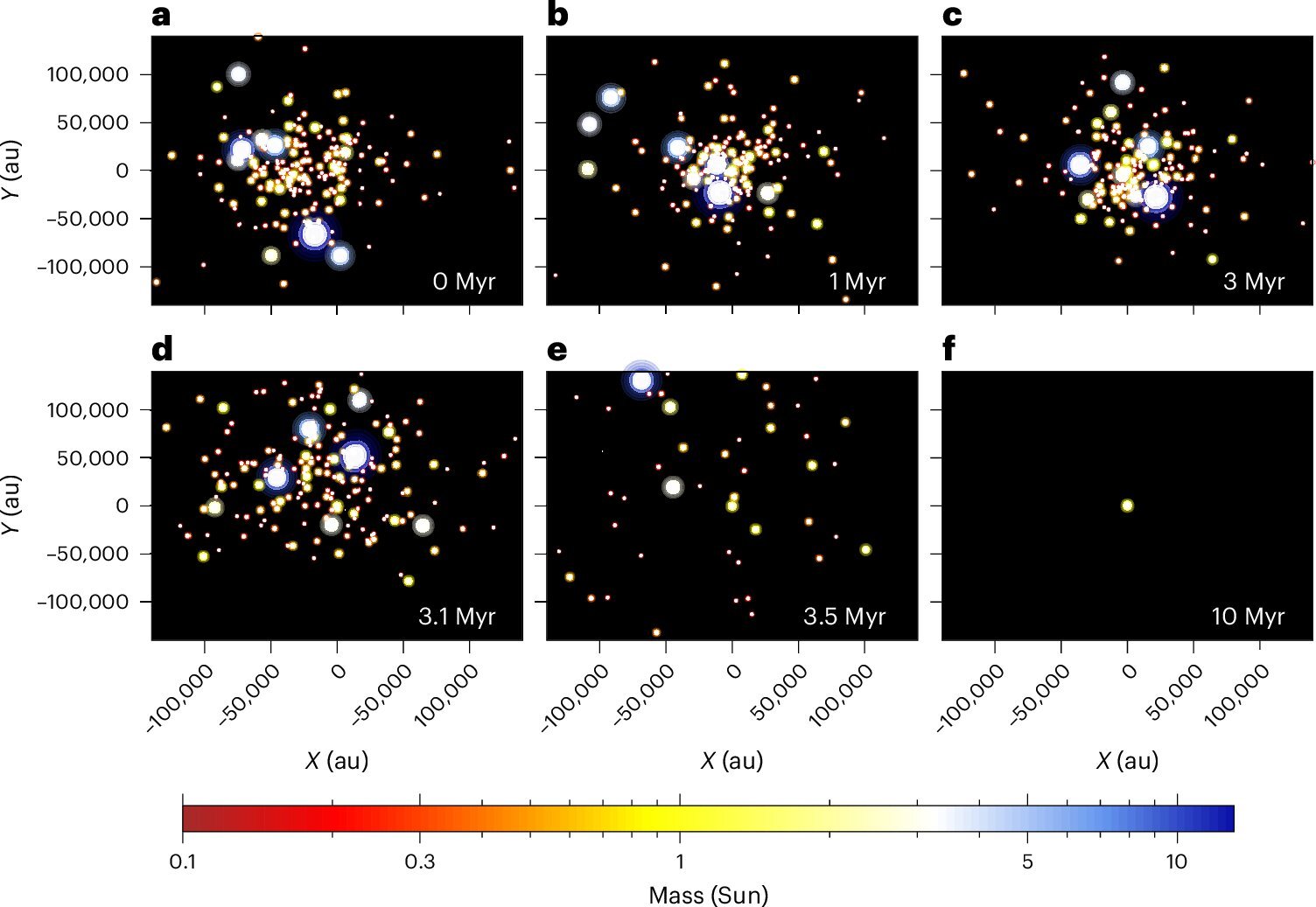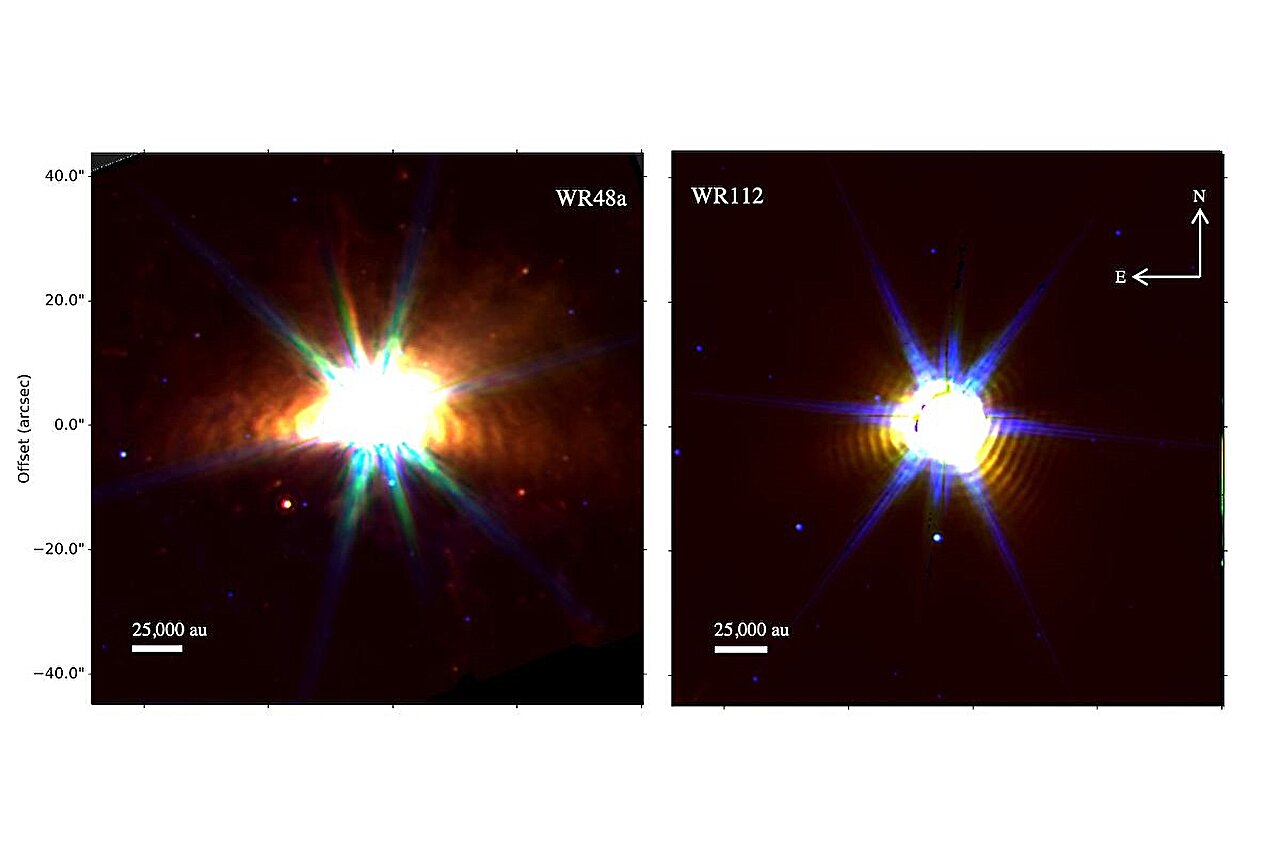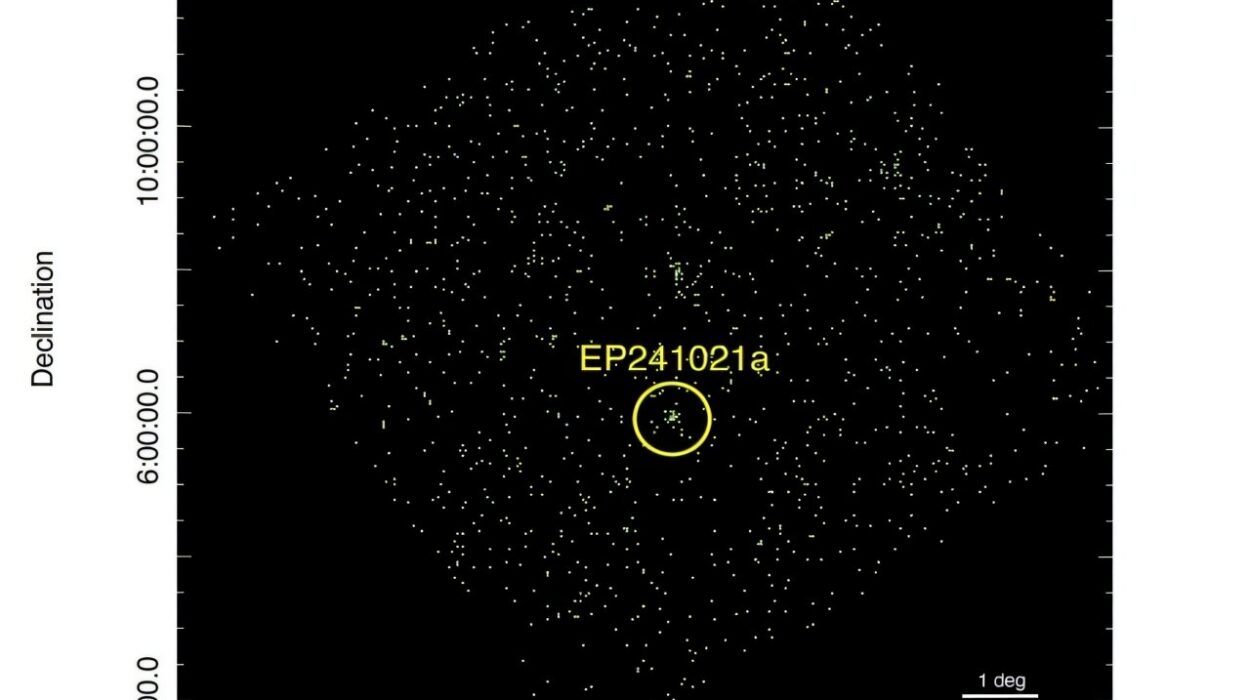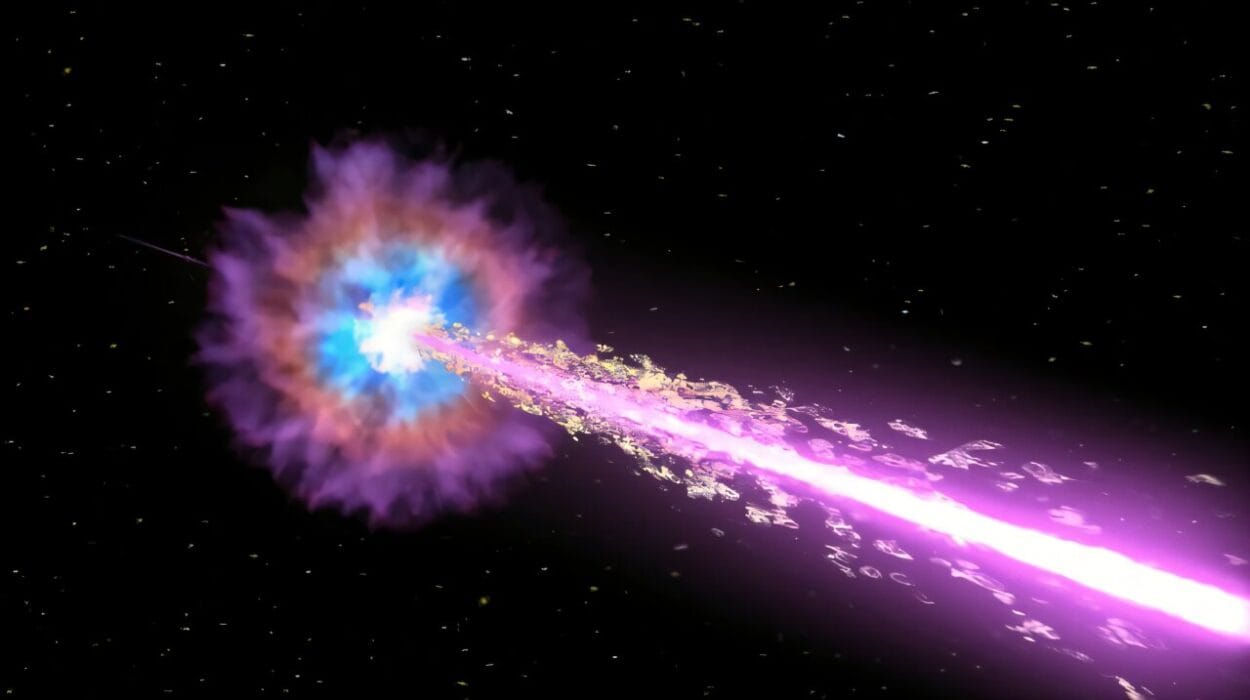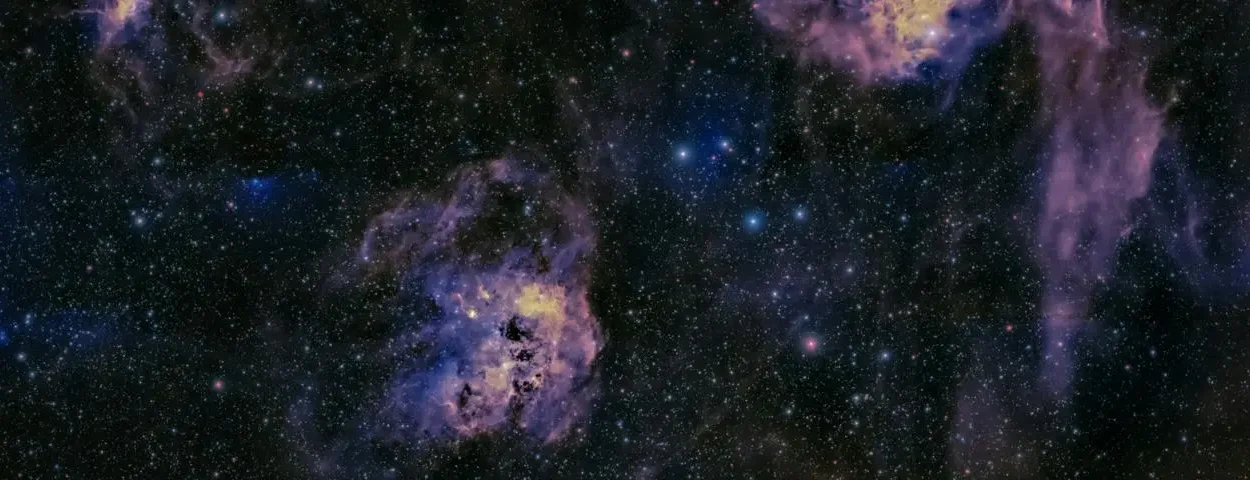In the shadowy outskirts of distant solar systems, far beyond the orbit of the outermost known planets, lie massive planetary bodies that defy traditional rules of planet formation. These so-called “wide-orbit” giants drift silently in the cosmic dark, some orbiting their stars from hundreds, even thousands of astronomical units (AU) away—distances so great that the faint warmth of their stars barely reaches them. For decades, these outliers have puzzled astronomers. How do planets end up so far from the fires that forged them?
Closer to home, this mystery is embodied by the elusive Planet Nine, a hypothetical super-Earth thought to lurk in the frozen abyss of our own solar system. Its existence has been inferred from the eerie clustering of orbits among distant Kuiper Belt objects, but it has never been seen. The gravitational fingerprints are there—but the body that leaves them remains hidden.
Now, a breakthrough study from Rice University and the Planetary Science Institute offers a compelling explanation. Using sophisticated simulations that model the birth pangs of planetary systems, scientists suggest that these ghostly giants are not cosmic accidents. Instead, they may be inevitable by-products of planetary adolescence—a tumultuous period when newborn planets behave more like pinballs than celestial elders, ricocheting through space in gravitational melees that reshape entire systems.
A Cosmic Arcade of Chaos
In the early lives of solar systems, tranquility is an illusion. Stars are born in densely packed nurseries—stellar clusters where hundreds or thousands of stars jostle for space like passengers in a crowded subway. Around each new star, planets begin to coalesce from disks of gas and dust, growing rapidly and, often, dangerously close to one another. The gravitational interactions among these young planets can become explosive.
“Essentially, we’re watching pinballs in a cosmic arcade,” explains André Izidoro, assistant professor at Rice University and lead author of the new study published in Nature Astronomy. “These systems are incredibly dynamic. As giant planets form and interact, they often scatter each other. Some get ejected into space entirely, but others are flung onto extremely wide orbits, far from their birthplace.”
The team ran thousands of simulations, re-creating planetary systems in their earliest, most chaotic phases. These models didn’t isolate planets in the vacuum of space—they embedded them in realistic star cluster environments, capturing the gravitational influence of nearby stars. The results revealed a consistent theme: wide-orbit planets can emerge naturally when the timing and environment align just right.
The Moment of Decoupling
Planetary scattering—where massive planets sling each other across their solar systems—is a well-known phenomenon. What’s new here is the realization that these scattering events, when occurring amid the external gravitational nudges of a stellar nursery, can lead to orbital “trapping.”
“When these gravitational kicks happen at just the right moment,” explains Nathan Kaib, co-author and senior scientist at the Planetary Science Institute, “a planet’s orbit becomes decoupled from the inner planetary system. It no longer gets pulled back in—it becomes stranded in a wide orbit, essentially frozen in place.”
This process is surprisingly robust. The simulations showed that a significant fraction of scattered planets don’t leave their systems entirely. Instead, they settle into orbits with semimajor axes ranging from 100 AU to as far as 10,000 AU—well beyond the traditional boundaries where planets are thought to form.
These wide orbits are stable, but only after the chaotic star cluster disperses. In the meantime, the gravitational interplay between nearby stars helps “shepherd” scattered planets into place. Once the cluster breaks apart—a process that usually occurs within a few million years—the planet remains, a distant sentinel circling its star in solitude.
Planet Nine: A Ghost from the Past?
Among the most tantalizing implications of the study is its relevance to the Planet Nine hypothesis. For nearly a decade, astronomers have debated the existence of a massive planet orbiting the Sun far beyond Neptune, possibly 5 to 10 times the mass of Earth and orbiting at distances between 250 and 1,000 AU. No telescope has yet glimpsed this object, but its gravitational influence appears to tug on the orbits of trans-Neptunian objects in strange, coherent ways.
Izidoro and his colleagues found that in systems resembling our own, where gas giants like Jupiter and Saturn form alongside ice giants like Uranus and Neptune, wide-orbit trapping becomes particularly likely. If the early solar system experienced two phases of instability—first during the growth of Uranus and Neptune, and later when the gas giants scattered—there could have been up to a 40% chance that a Planet Nine-like object was flung outward but captured before being lost.
“This doesn’t prove that Planet Nine exists,” Izidoro cautions, “but it shows how plausible it is that such a planet could have formed and survived. The odds are surprisingly high if the early solar system was as turbulent as we think.”
The Road to Isolation: From Pinball to Prisoner
For every wide-orbit planet that survives, many others are cast adrift. The galaxy, it turns out, may be teeming with “rogue planets”—planetary bodies that no longer orbit a star. These orphaned worlds are difficult to detect, but their numbers may be vast.
“Not every scattered planet is lucky enough to get trapped,” says Kaib. “Most end up being flung into interstellar space. But by measuring how many do get trapped, we can start to estimate how many of these rogue planets are out there.”
The study introduces the concept of trapping efficiency—the probability that a scattered planet remains bound to its star after a period of instability. In solar system-like architectures, trapping efficiencies reached up to 10%. That may sound small, but across a galaxy of hundreds of billions of stars, it implies that wide-orbit planets could be a common feature.
Other types of systems—such as those composed only of ice giants or those orbiting two stars—showed far lower trapping efficiencies. This suggests that not all star systems are equally likely to harbor distant planetary giants. Certain conditions—a rich mix of massive planets, dense star clusters, and precise timing—are required to forge and freeze these giants in place.
Where to Look Next
The study doesn’t just solve a cosmic mystery—it also sets the stage for future discovery. One of its most practical contributions is the identification of promising targets for exoplanet hunters.
High-metallicity stars—those with a greater abundance of heavy elements—tend to produce more massive planets. Systems that already host gas giants, especially those detected via radial velocity or transits, are now prime candidates for deep imaging surveys aimed at spotting wide-orbit companions.
“These systems are where we’re most likely to find wide-orbit planets,” says Izidoro. “If we combine this theoretical framework with cutting-edge telescopes, we’re going to start finding more of these hidden giants.”
The coming years may be particularly fruitful. The Vera C. Rubin Observatory, slated to begin operations soon, will revolutionize the search for distant solar system objects. With its wide field of view and extraordinary sensitivity, it could detect moving objects at distances where Planet Nine is expected to reside. If Planet Nine is real—and if it behaves like the trapped giants in these simulations—the Rubin Observatory may be the key to finally seeing it.
Cosmic Architecture: A Broader Perspective
The discovery that wide-orbit planets can form through natural dynamical processes reshapes our understanding of planetary system evolution. It underscores that planet formation is not a tidy, linear process but a messy, violent, and unpredictable one.
Systems like our own may owe their stability to near-catastrophes. The quiet orbits of Jupiter and Saturn today belie a past of close encounters and gravitational showdowns. The Earth’s habitability—its gentle orbit, its distance from the Sun—may be a fortunate by-product of planetary warfare that exiled other bodies to the edge of the solar system or beyond.
“Wide-orbit planets tell us that planetary systems are sculpted not just by creation, but by destruction,” says Kaib. “The survivors are shaped by the ones that were lost.”
A New Chapter in Planetary Science
As the tools of astronomical observation grow more powerful, and as simulations like those from the Rice University team continue to refine our models, the landscape of planetary science is changing. What once seemed like anomalies—planets in improbable places—are now seen as natural outcomes of complex beginnings.
The night sky, so seemingly still, hides a record of violence and exile, of worlds cast out and caught again. Somewhere in that darkness, Planet Nine may be circling, the last echo of ancient chaos.
We are learning to read that history—not just in the light of stars, but in the shadows where forgotten giants still roam.
Reference: André Izidoro et al, Very-wide-orbit planets from dynamical instabilities during the stellar birth cluster phase, Nature Astronomy (2025). DOI: 10.1038/s41550-025-02556-0
